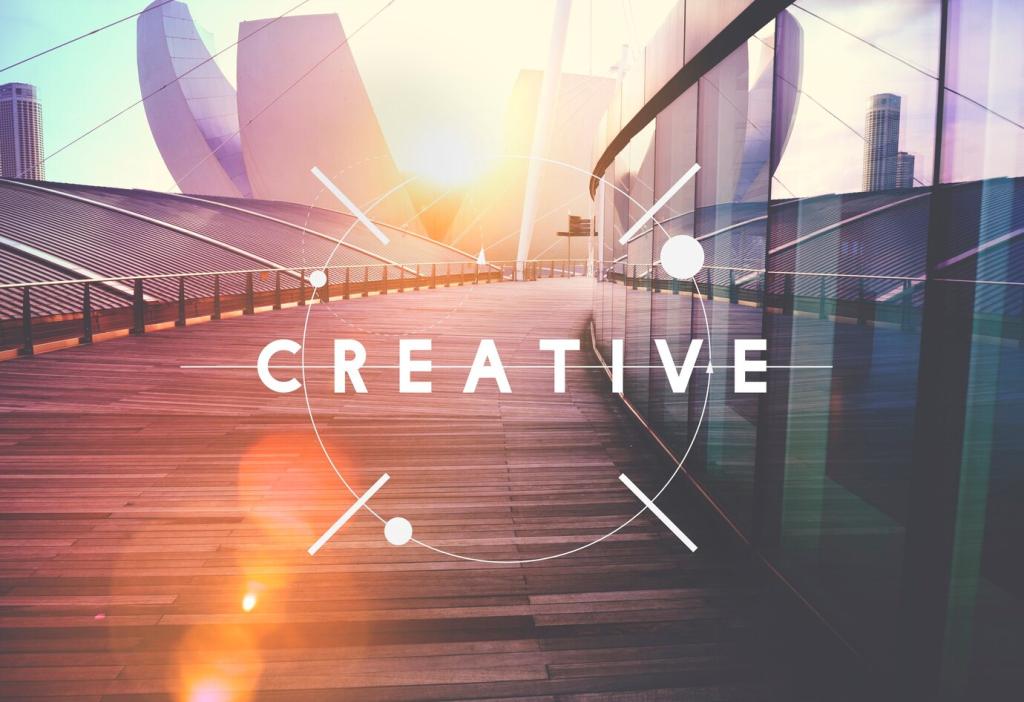Find Your Voice and Tone
Signal ownership without ego. Try I led discovery with engineering and support to uncover failure points, rather than I single handedly fixed everything. Show collaboration, cite partners, and share credit. Confidence grows when you provide crisp facts, not inflated adjectives that erode trust and distract readers.
Find Your Voice and Tone
Trade ideate, synergize, and disruptive for simple verbs like explored, partnered, and improved. Plain language respects busy readers and travels well across cultures. If a term is essential, define it once, then proceed. Clear writing suggests clear thinking, which is exactly what teams want in design leaders.






